The Questioned Document Section of the Mississippi Forensics Laboratory is responsible for examining any document whose authenticity, genuineness, or source is in question or in doubt. These examinations can take many forms. Most of a document examiners time is spent comparing handwriting for authorship, but examinations can also include indented writing, non-destructive ink analysis, obliterations (erasures, whiteout, stains), alterations (names and or sentences added or removed), counterfeits (currency, drivers licenses, government documents), et al.
Handwriting is scientifically verifiable and the process behind it is methodological, measurable and precise. Handwriting examinations involve the comparison of known writing from one or more subjects to the writing(s) in question. Questioned writing is not only found on paper, but can also be found on shoes, walls, desks, CD’s, car doors, car fenders, and even human flesh. Nearly any object can be the substrate for which handwriting is found.
Photocopied documents can be matched back to their source by the observation of “trash marks” on the paper. These are extraneous marks that appear on the photocopy but are not found on the original document. These identifying characteristics usually come from marks or debris found on the glass platen or lid of the photocopy machine. This pattern of marks then gets reproduced on any copies made on that machine at that time. The shape, size and relative location of these marks help individualize the product of a particular photocopy machine. Comparison of two questioned, photocopied documents can determine if they had a common source.
Although rare, typewriters are still seen on occasion, and their typewritten products can be identified as coming from a particular typewriter. Typewriter ribbons also provide a valuable source of information and transcribing ribbons from typewriters and printers is done at the MS Forensics Lab.
An alteration is a revision, modification, or anomaly within a document that changes the stated obligation or use as evidence. Altered documents can be of several different varieties including, physical, chemical, electronic, or mechanical means (or a combination of all means). Alterations can be categorized as additions, deletions, obliterations, or substitutions of information. Special lighting and magnification techniques can be used to evaluate the findings in order to reach appropriate conclusions.
Indented writing occurs when writing done on one document creates impressions from that writing on the document(s) underneath it. Photographs with side-lighting and the Electrostatic Detection Apparatus (ESDA) are nondestructive method to develop and preserve these indentations.
While delicate and fragile, charred paper often retains all of the images from the original, unburned document. With proper handling and processing, a burned document can be reconstructed to reveal its original nature.
